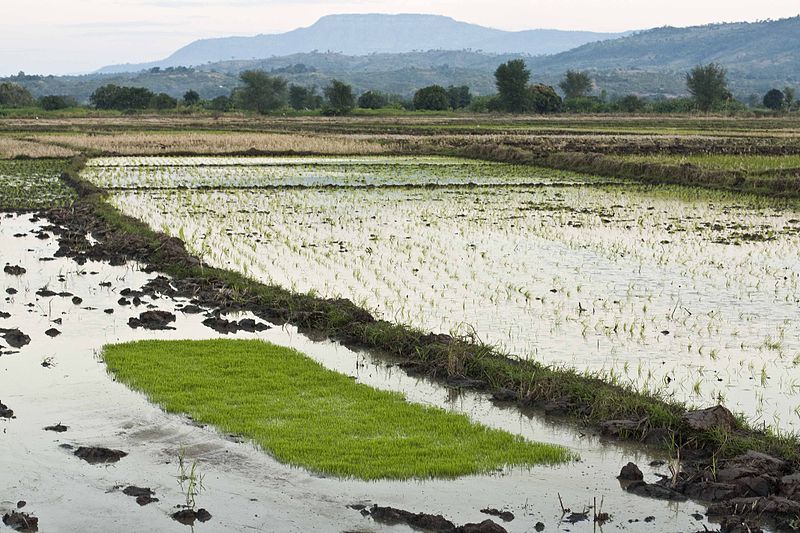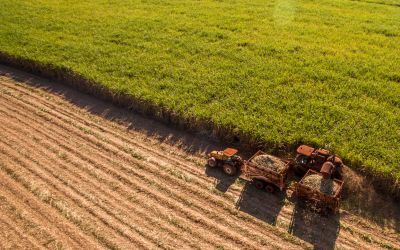El Nino could strike again after La Nina dominates last few years.
Concern is growing surrounding the El Nino weather pattern, which looks set to strike again in the near future and is crucial for food output in Asia and cash crops in the region.

Concern is growing surrounding the El Nino weather pattern, which looks set to strike again in the near future and is crucial for food output in Asia and cash crops in the region. The El Nino in 1998 is perhaps the most infamous year of the oscillation in recent memory, when around 2,000 people died and there was considerable damage to crops and infrastructure in Australia and Asia.
The El Nino Southern Oscillation is a complex climate pattern which occurs in the southern pacific, but has climatic repercussions across the globe. There are two extremes in the oscillation, one called El Nino, where high pressure dominates in the western pacific and low pressure dominates in the east, and one called La Nina, where the opposite is the case.
It is too early to say whether a strong El Nino is on the way, but early signs are that this could indeed be the case. An El Nino event would mean dry weather in the western pacific, impacting rainfall in many countries in the region, including Australia, Thailand, China and Malaysia. Malaysia and Indonesia account for 90 per cent of the world’s palm oil supplies, and Asia accounts for the vast majority of the world’s rice, so adverse weather in these regions could prove costly not only for Asia, but also for the rest of the world, with large hikes in prices for certain products.
In India, last year was a bumper rice crop, and it is hoped that the conditions will make for a similar season this year. China has the second largest corn crop in the world, and there too, the oscillation will be watched closely.
Other products liable to be negatively affected include soybeans and sugar. It is thought however, that crops such as cocoa and coffee could thrive under the El Nino conditions.
Of course, the inverse La Nina conditions can be just as damaging. The La Nina condition has brought about flooding in Australia over the last few years. The ideal scenario for many is a more moderate pattern in the oscillation, and it is as yet unknown how the oscillation will vary with climate change. Some predict an increase in El Nino over La Nina conditions, whilst others suggest an increase in amplitude of the oscillation.
For this year however Andrew Watkins, the climate prediction manager at the Australian bureau of Meteorology says "All the models are consistently warming up. Given what we see at the moment, going beyond July, there is probably equal likelihood of neutral or El Nino conditions at this stage."
For those with a vested interest in agriculture, the next few months will be anxious, as we wait to see the dominant pattern for the year.





